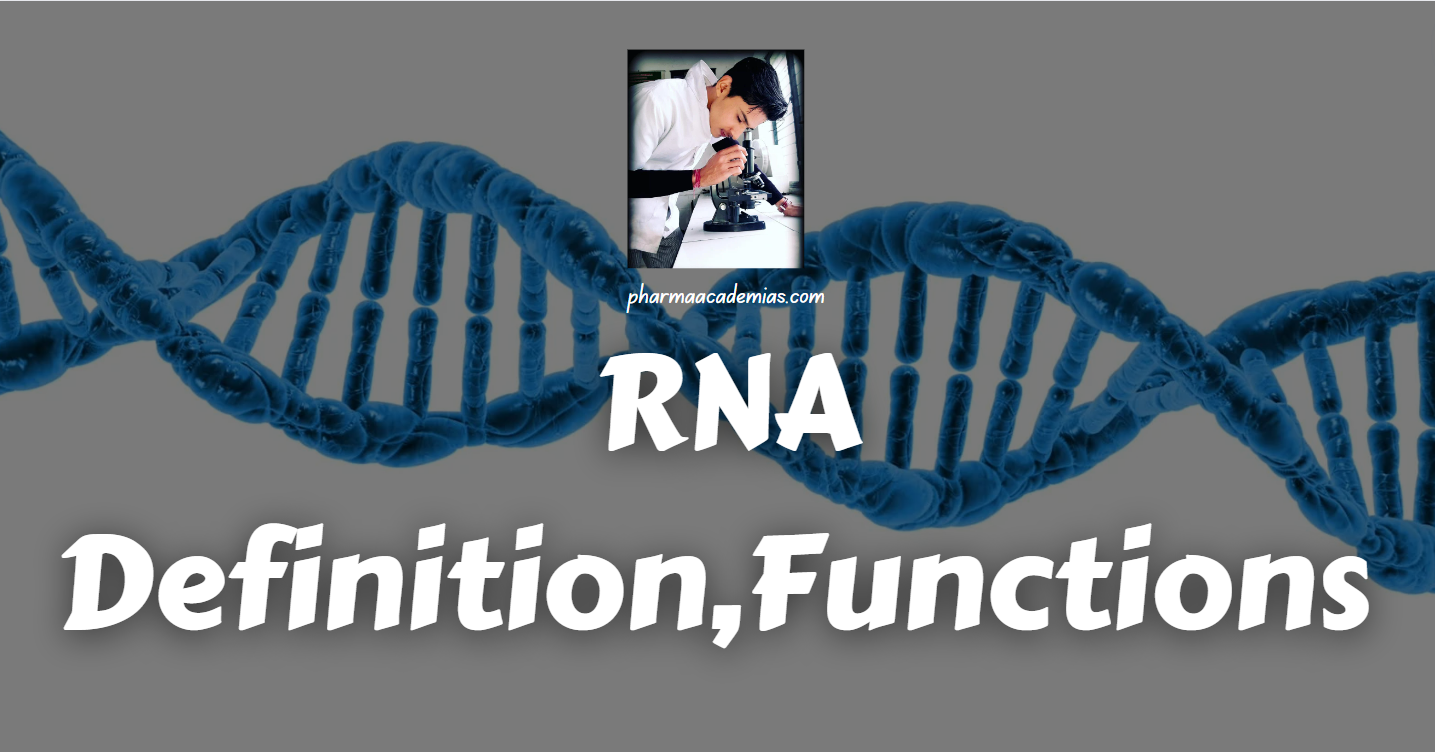RNA, or ribonucleic acid, is a crucial macromolecule involved in various cellular processes. It plays a central role in the flow of genetic information from DNA to protein synthesis and has diverse functions within the cell. There are several types of RNA, each with specific functions:
1. Messenger RNA (mRNA):
Function: Carries genetic information from DNA in the cell nucleus to the ribosomes in the cytoplasm, serving as a template for protein synthesis.
Process: Transcription is the process by which mRNA is synthesized from a DNA template.
2. Transfer RNA (tRNA):
Function: Transfers amino acids to the ribosome during protein synthesis, ensuring the correct sequence of amino acids in the growing polypeptide chain.
Structure: tRNA has a unique folded structure with an anticodon region that pairs with the complementary codon on mRNA.
3. Ribosomal RNA (rRNA):
Function: Forms an essential structural and functional component of ribosomes, the cellular organelles where protein synthesis occurs.
Location: Found in the cytoplasm within the ribosomes.
4. Small Nuclear RNA (snRNA):
Function: Involved in the processing of pre-mRNA in the nucleus, including splicing to remove introns and join exons.
Location: Mostly found in the nucleus.
5. MicroRNA (miRNA) and Small Interfering RNA (siRNA):
Function: Regulate gene expression by binding to specific mRNA molecules, either promoting degradation or inhibiting translation.
Process: Involved in post-transcriptional gene silencing.
6. Long Non-Coding RNA (lncRNA):
Function: Regulates various cellular processes, including gene expression, chromatin remodeling, and mRNA stability.
Diversity: Includes a broad range of non-coding RNA molecules with diverse functions.
7. Circular RNA (circRNA):
Function: Involved in gene regulation and may act as sponges for microRNAs, affecting their availability to target mRNAs.
Structure: Forms a covalently closed loop without free ends.
General Functions of RNA
1. Gene Expression: RNA plays a key role in the expression of genetic information. mRNA carries the genetic code from DNA to the ribosomes, and tRNA and rRNA participate in protein synthesis.
2. Genetic Regulation: Various types of RNA, such as miRNA, siRNA, lncRNA, and circRNA, participate in the regulation of gene expression by controlling mRNA stability and translation.
3. RNA Processing: snRNA is involved in the processing of pre-mRNA, including splicing to remove introns and join exons.
4. Structural and Catalytic Functions: rRNA provides structural support to ribosomes and participates in the catalytic activity during protein synthesis.
5. Cellular Signaling: Certain RNA molecules may act as signaling molecules, influencing cellular responses and processes.
RNA is a versatile molecule with diverse functions critical for the regulation and execution of various cellular processes. Its role extends from the transmission of genetic information to the regulation of gene expression and the maintenance of cellular structure and function.

